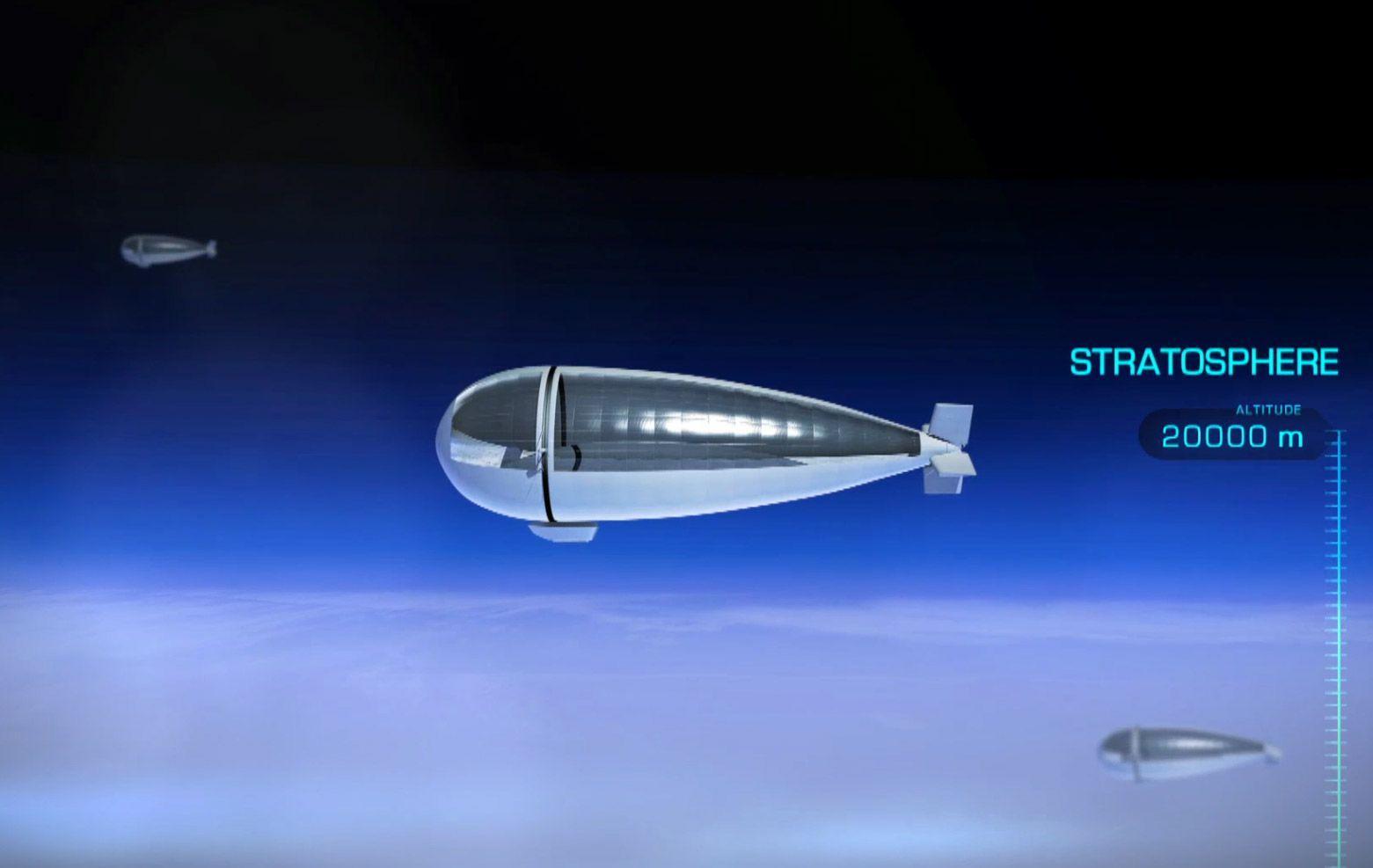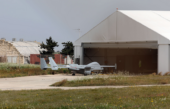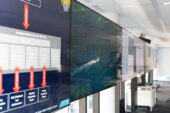With high-altitude platforms, the EU border agency aims to close the gap between its planes, drones and satellites.
Frontex could in future have high-flying platforms deployed for surveillance from the stratosphere. In this way, the European Border Agency wants to close the gap between aircraft and satellites, which are already used for border surveillance. A corresponding research project is to begin on 1 October 2022 and last 36 months, the EU Commission announced in its answer to a parliamentary question. Accordingly, the EU financial support amounts to around €5.8 million.
The EU Commission had already published a call for tenders for so-called high-altitude platforms working on behalf of Frontex a year ago. Now the Commission has published details of the plans on its website. Accordingly, the contract for an “advanced surveillance platform to improve the EURopean Multi Authority BordeR Security efficiency and cooperation” (EURMARS) was awarded to a consortium of 16 companies, ministries, authorities and institutes from 12 Member States.
EURMARS is led by the IT service provider European Dynamics from Luxembourg. As a system of systems, it is intended to bring together all information from Frontex air surveillance.
The stratosphere is part of the atmosphere and refers to altitudes above 15 kilometres. Various companies are currently developing solutions that can fly in this thin air. Concepts are based on balloons or are constructed as gliders, as Airbus is pursuing with its Zephyr. In its new generation, this solar glider recently set a world record for long-distance flight.
Frontex, on the other hand, has decided to work with the French defence company Thales for its research. This presumably means that the Stratobus, which Thales is currently developing, was chosen. It is due to take off on its first flight next year and could then already transmit data to the ground for Frontex. Thales is also promoting the system as suitable for combating terrorism and drug trafficking or for “video surveillance” of offshore platforms.
Presumably, EURMARS will first intercept maritime borders from the stratosphere. Here it is comparatively easy for sensors and software to detect and investigate anomalies. Frontex also first tested the use of satellites and drones over the Mediterranean.
The data collected flows into the EUROSUR network, which Frontex put into operation at its headquarters in Warsaw in 2014. All member states that have an EU external border transmit relevant information there. Frontex’s own chartered aircraft and drones, as well as satellite service providers, also transmit real-time video to Warsaw. In Greece, Frontex also flies a tethered airship that can ascend up to one kilometre.
The funding for EURMARS comes from the Horizon Europe research framework programme. The area of border management funded here belongs to the Civil Security for Society cluster. A total of seven projects on improving border surveillance and control will be funded by the Commission from this cluster. 28 proposals were received in response to the call.
Image: The Stratobus from Thales (Thales).





Leave a Reply